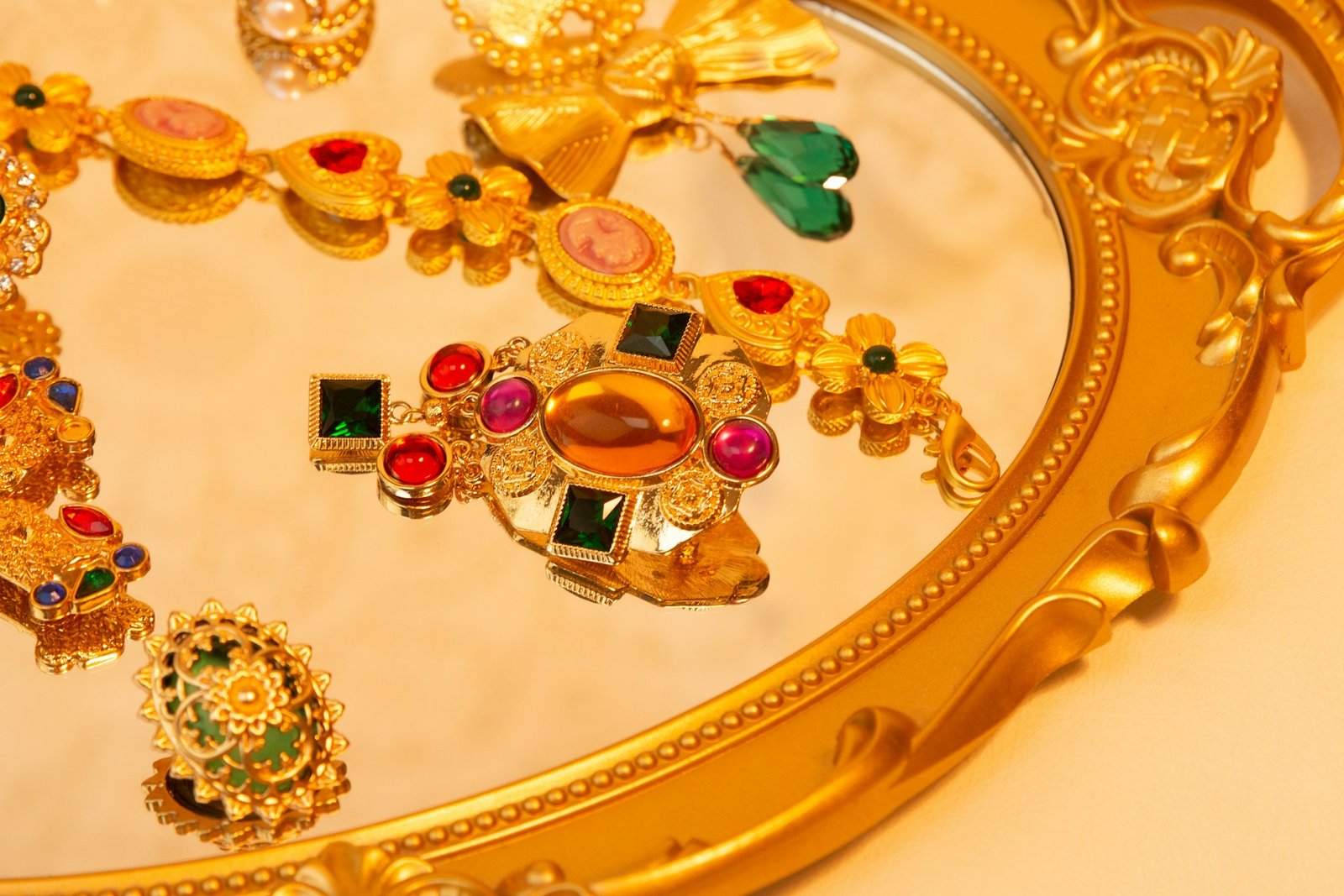Deciding whether to have a birthmark removal can be challenging. Several factors should be considered, including the medical, cosmetic, and psychological implications. It’s also a highly personal decision.
Consulting a dermatologist with extensive knowledge of the subject can provide insight into the removal’s health risks or benefits. Additionally, reflecting on how the birthmark impacts your self-esteem and daily life can help you make a decision that feels right for you.
What is a birthmark?
Different kinds of birthmarks are often, but not exclusively, present from birth. They are usually harmless, ranging in colour from pink to red to brown and with varying degrees of size and thickness. Many can disappear altogether without any treatment or intervention.
What causes birthmarks?
There is still little definitive information on how birthmarks form and what causes them, but it is agreed that they are not preventable. The medical profession widely reports that the most common causes include vascular development anomalies, typically the abnormal formation of blood vessels during foetal development.
Other causes can include genetic factors or associations with specific health or development syndromes. Irregular pigmentation growth can also be a factor.
If you are upset about the appearance of your birthmark, there is a UK-based support group for those with birthmarks and their families.
The most common types of vascular birthmarks
Most birthmarks fall under the banner of vascular or pigmented birthmarks.
- Macular stains, commonly called salmon patches or stork marks, are red or pink patches which often appear on a baby’s face, head or neck. They will usually have faded by the age of two.
- Haemangiomas are commonly called strawberry marks. They appear as raised bright red or blue/purple marks and grow rapidly in the first year, but will then fade and disappear completely by the age of seven.
- Port wine stains are flat red, pink or purple marks which may become darker and thicker with age. Most commonly seen on the face and neck, and usually affecting just one side of the body, this kind of birthmark will need specialist treatment if a removal is required.
The most common types of pigmented birthmarks
- Café-au-Lait spots are light to dark brown flat patches that are usually benign. A child may have more than one spot. If there are six or more spots, this could indicate neurofibromatosis.
- Mongolian spots are blue or grey like bruises and most typically appear on the lower back, buttocks, or legs. They are most commonly seen on babies with brown or black skin. They usually disappear by the age of four.
- Congenital moles (naevi) are brown or black and can be raised or hairy during puberty. They can vary in size, and ones that grow larger may carry an increased risk of skin cancer.
- A Becker’s Nevus is a large, irregularly shaped dark brown patch that is often hairy. This kind of mark typically appears during adolescence.
Should I see my doctor?
If you are at all worried about a birthmark, you should see your GP. For example, if your birthmark is:
· Close to the eye, mouth or nose
· Has got bigger, darker or more lumpy
· Has become sore or painful
Otherwise, you should take advice from your dermatologist on the best treatment for effective birthmark removal. If they’re cosmetic, don’t feel pressured to remove your marks at all – it’s entirely a case-by-case thing based on your personal confidence.
Dermatological treatments can include Intense Pulsed Light (IPL), vascular laser, or NdYag Laser treatment, all of which are done using the latest high-tech applications.
A birthmark can affect your confidence and have a negative effect on your daily life. To be sure of expert treatment with a highly successful outcome, a company with a good track record and plenty of good reviews should be your first port of call for birthmark removal.
Photo by cottonbro studio:







